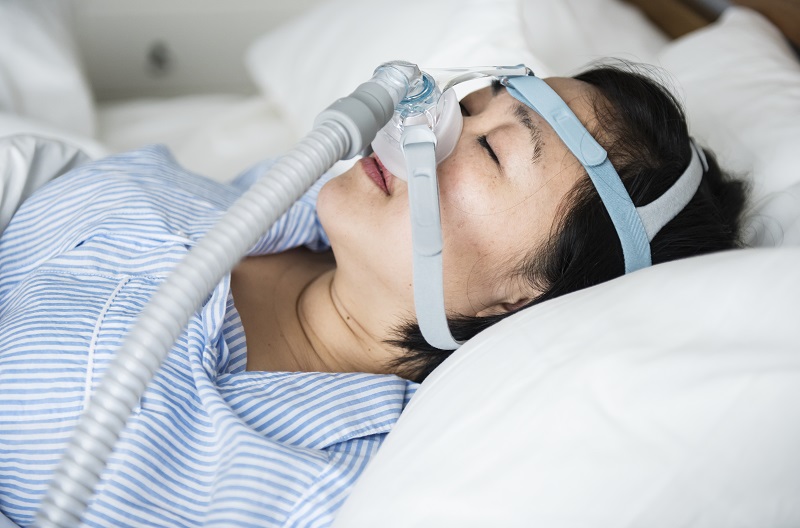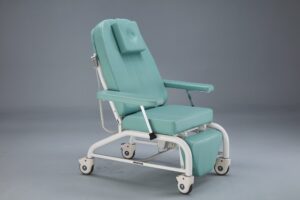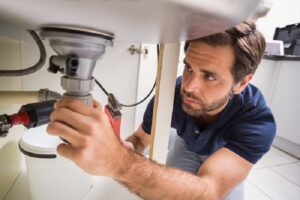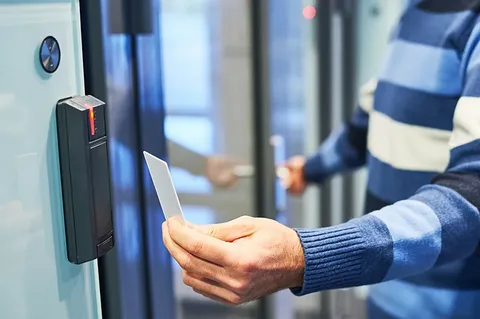Obstructive sleep apnoea, or OSA, is another name for sleep apnoea, which happens when the throat muscles excessively relax while you are asleep. You can check out what the types of apnoea problems are, and how can they affect your overall sleeping habit. There is a process called nocturnal polysomnography that might detect the extent to which you are suffering from apnoea.
A less common type of sleep apnoea is central sleep apnoea, in which breathing stops at the time of sleep, and is followed by a pause. It is brought on by a breakdown in the systems that regulate the depth and pace of breathing. Sleep apnoea treatment is essential.
Types Of Sleep Apnoea Treatment Options
The problem of sleep apnoea is fairly treatable. Surgery is one form of sleep apnoea treatment, among others.
Changes in lifestyle
Making lifestyle modifications is the first step in treating sleep apnoea. This comprises:
- Losing weight – If you are obese or overweight, doing so may help your sleep apnoea and even cure it. Other health advantages of losing weight also exist.
- Alcohol intake lowering – Reducing your alcohol consumption.
- It is very important to do regular exercise, as people who have fat layers on the neck and the belly area might suffer from sleep apnoea.

Sleep Apnoea
CPAP Machine
The most effective sleep apnoea treatment is a mask worn at night that sends higher air pressure into the airway. It can help prevent collapsing of the throat in addition to lifestyle adjustments. Nasal continuous positive airway pressure is what is meant by CPAP).
Even in case the throat muscles had relaxed too much while you were sleeping, this air pressure went into the back of your throat and held it open. The key to successful CPAP therapy is selecting a mask and machine that meet your requirements.
Dental devices
Another viable sleep apnoea treatment for mild to moderate sleep apnoea is the use of an oral appliance, which is a custom-made mouthguard – such as MAS (Mandibular Advancement Splint). These do not stop the throat from contracting while you are sleeping; instead, they are intended to force the lower jaw ahead – to make more space in the throat.
Positioning devices
Some individuals only experience sleep apnoea while they are on their backs. It’s possible that you move when you sleep without being aware of it.
To avoid sleeping on your back, you might want to stitch something into your clothing (such as a tennis ball sewn into a pyjama top or T-shirt). A few CPAP suppliers also offer commercial devices.
Upper airway surgery
When various sleep apnoea therapies have failed, a surgery may be considered. Particularly for young adults and school-aged children, surgery on the palate and the base of the tongue may be advised.
With tissue removal from the throat, upper airway surgery aims to expand the throat’s capacity. It may not be successful, though, because there is a limit to the amount of tissue that can be removed, and it does not stop the neck from contracting as you sleep.
You can consult your doctor for the best home sleep tests to have an idea of how to get rid of it. You can also find out all those cases that are related to the ear, nose and throat problems, and then decide about how to check the problem with sleep apnoea.
Obstructive Sleep Apnoea (OSA) Treatment In Children
Large-sized adenoids and tonsils might obstruct the throat when you sleep, which will make you snore. This can occasionally be so severe that it results in obstructive sleep apnoea (OSA). The likelihood that removal of the adenoids and tonsils will assist your child’s health and quality of life depends on how severe their OSA is.
If your child typically breathes loudly while sleeping and has at least two of the following other linked issues when not ill, a tonsillectomy may be considered for sleep apnoea treatment:
- Persistent mouth breathing during the day.
- Sleeping while choking or gasping
- Breathing difficulty when asleep.
- Breathing pauses while you are sleeping.
- Daytime fatigue, attention issues, or behavioural issues unrelated to other factors.
Conclusion
Timely sleep apnoea treatment is highly necessary, especially in case of kids. Without surgery, two out of three kids with mild sleep apnoea improve over the course of six months.












